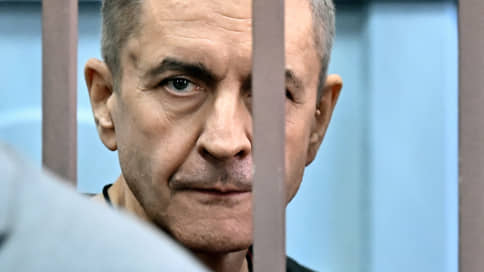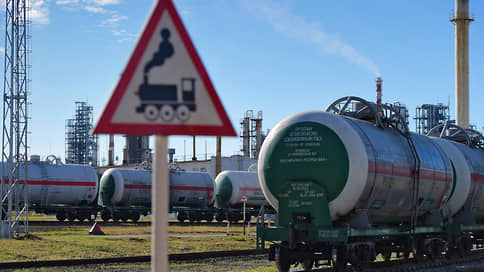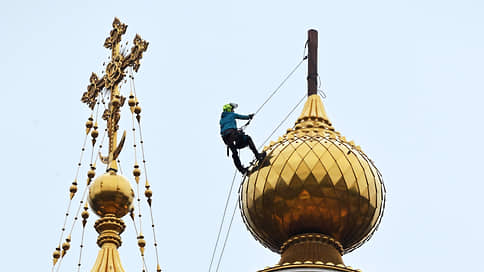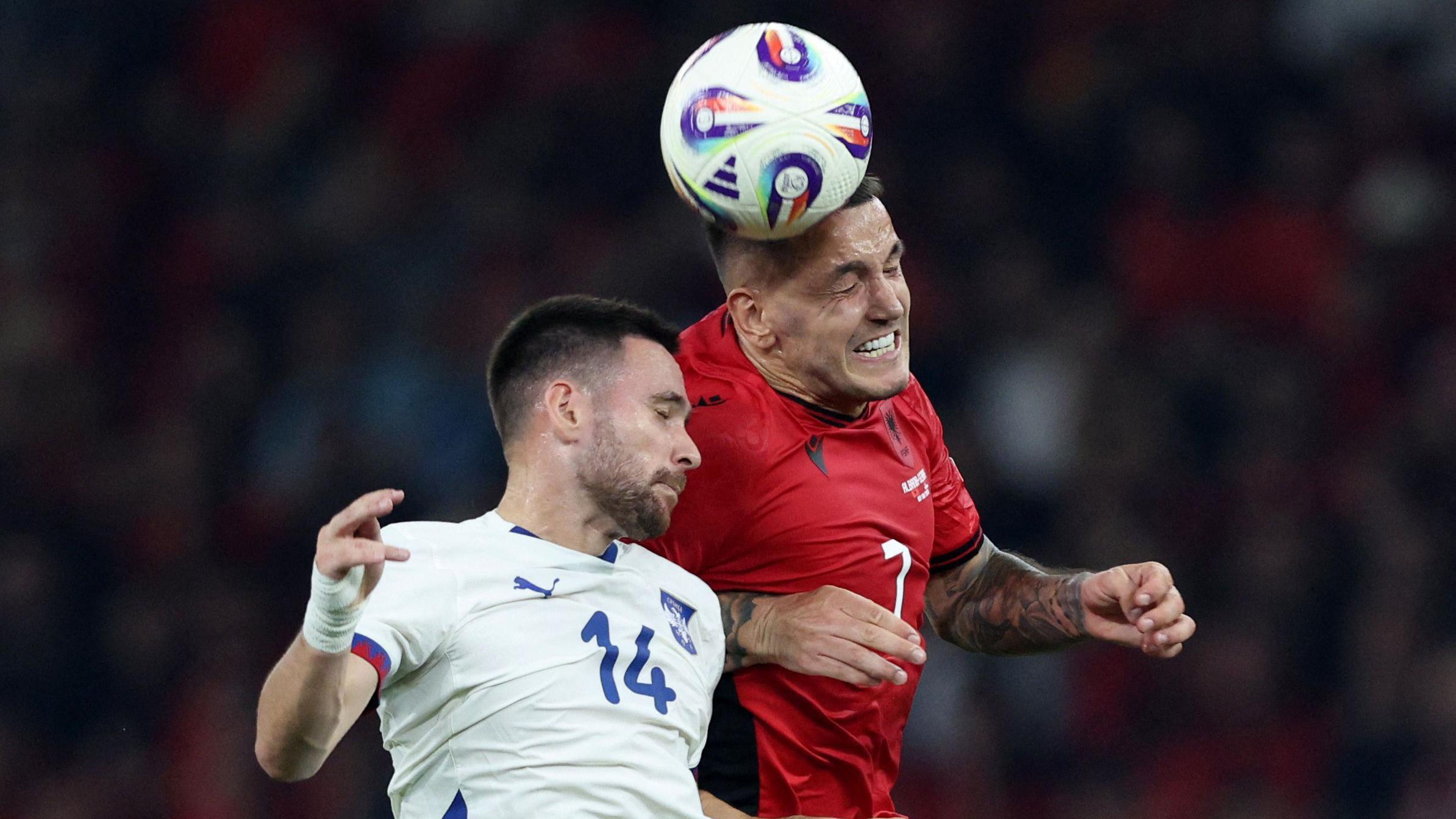Why is the popularity of outlets
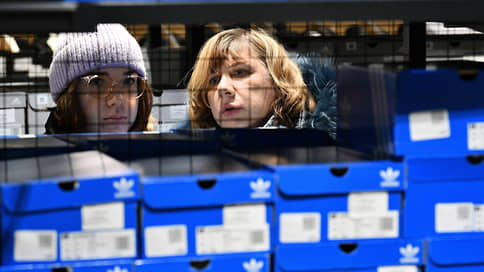
The traffic of Russian outlets in January -March grew by 4% of the year, despite the decrease in the attendance of shopping centers. This is due to low competition in the segment, the transition of consumers to the savings model and commodity residues that retailers accumulated after two unsuccessful seasons. The interest of developers in the construction of new outlets in such conditions can grow.
The attendance of outlets in Russia in the period of January 1 – March 16 grew by 4% of the year, counted in Focus Technologies. Growth can be traced against the background of a decrease in traffic in the market of classic trade centers by 3%. Outlets now look like a more stable format, Pavel Lyulin, vice-president of the Union of shopping centers, states. NF Group analysts talk about organic increase in traffic to outlets. “Many make a choice in favor of the savings model of consumption,” says Zulfiya Shilyaev, head of the Department of Trade Real Estate CMWP.
Mikhail Vasiliev, head of the research and consulting research and consulting department, draws attention to the fact that the outlet market remains sustainable, including through low competition. Ekaterina Nogai, head of the IBC Real Estate research and analytics department, says that the total outlet of outlets in Russia is 222 thousand square meters. m, and the last noticeable object was handed over in 2020. This is 3-5% of the total trade real estate in Russia, says Pavel Lyulin.
The regional director of the Department of Trade Real Estate NF Group Evgenia Khakberdieva draws attention to the fact that outlets and discount centers in Russia traditionally offer an assortment with significant discounts, up to 70%. It is their marketing director Fashion House Group Konstantin Anisimov considers the main factor in the growth of the popularity of the format: the growth of the average check in stores forces consumers to plan purchases, look for favorable prices.
Competition from the online segment, according to Pavel Lyulin, puts pressure less on outlets than on classic retail. The brands presented in them are often not sold on marketplaces, he explains. Outlets have no difficulties with filling out goods. Konstantin Anisimov notes that in the near future this problem is solved due to a large volume of inventories formed by retailers after two unsuccessful seasons: cold summer and warm winter. Nikoliers CEO in St. Petersburg, Irina Tsarkov, believes that the development of the service component also positively affects the output market: the organization of children’s zones, the placement of food halls and so on. Evgenia Khakberdieva notes that new residential areas also arose around some outlets of St. Petersburg. This allowed the project operators to hand over the long -standing vacant areas for a long time, she says.
Pavel Lyulin does not exclude that in the current conjuncture the interest of developers in outlets will grow: they can demonstrate comparable or even better financial indicators than malls. Zulfiya Shilyaeva believes that only the Moscow market is saturated with the offer of outlets. New projects, according to her, can develop in other regions with a high level of per capita income. As an example, it leads the Novosibirsk region.
But the real pace of project output, according to Pavel Lyulin, depends on the investment climate and the general economic situation in the country. Konstantin Anisimov notes that new objects are now not being built due to the low accessibility of lending and general geopolitical turbulence. This problem remains common for all commercial real estate markets. Mr. Lyulin adds that not all Russian brands are also ready to work in the format of constant discounts on the market. This can create difficulty for developers with the search for tenants. Evgenia Khakberdieva notes that many Russian brands remain young: their inventories may not be enough for discoveries to outlet centers.

